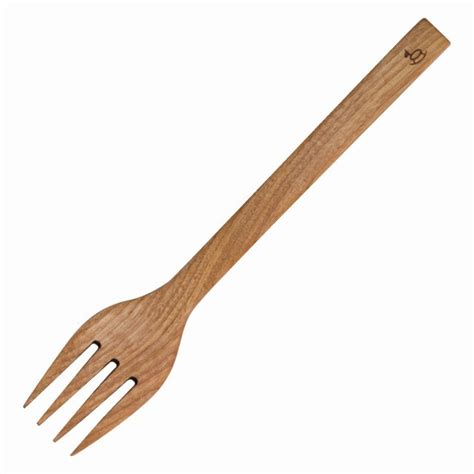Cross chain, Dai (DAI), Fork
Here’s an article about the crypto, cross-chain, dai (DAI) fork and its implications:
“Dai Fork Delivers: How Cross Chain Innovation Transformed the Cryptocurrency Market”
In recent months, the cryptocurrency space has witnessed a rise in innovative solutions that disrupt traditional protocols. One such solution is Dai (DAI), which is gaining popularity due to its potential to revolutionize the way we think about cross-chain interactions.
What is Cross Chain?
Cross Chain refers to the ability of different blockchain networks to communicate seamlessly with each other, allowing assets to be transferred across multiple chains. This innovation has long been a topic of debate in the cryptocurrency community, with some arguing that it would lead to centralization and market volatility.
Dai (DAI) Fork: A Game-Changer
The Dai fork was launched in March 2021, marking a major milestone in the development of cross-chain solutions. The fork enabled DAI to be sent across multiple chains, including Ethereum (ETH), Binance Smart Chain (BSC), and other blockchain platforms.
Key Features of the Dai Fork

A few key features set the Dai fork apart:
- Decentralized Governance: The Dai fork is governed by a decentralized autonomous organization (DAO) called the DAO on Ethereum. This governance structure allows for community decision-making, ensuring the protocol remains decentralized and resilient.
- Cross-chain Transfer: As mentioned earlier, DAI can be sent across multiple chains using cross-chain protocols such as Serum or Cosmos. This feature enables the creation of decentralized exchanges (DEXs), lending platforms, and other applications that require access to assets from different blockchains.
- Stablecoin: Dai is a stablecoin, meaning its value remains relatively constant relative to traditional fiat currencies. This stability makes it an attractive asset for investors looking for diversification.
Implications of the Dai Fork
The Dai diagnosis has far-reaching implications for the cryptocurrency market:
- Cross Chain Liquidity: By enabling cross-chain transfers and access to assets from different blockchains, Dai provides a pool of liquidity that can facilitate decentralized trading across multiple platforms.
- Decentralized Finance (DeFi): The Dai Fork has opened up new possibilities for DeFi applications, including lending, borrowing, and yield farming. These applications will enable users to create complex financial instruments without the need for traditional intermediaries.
- Market Volatility: The Dai Fork has helped mitigate market volatility by providing a decentralized and resilient asset that can be transferred across multiple chains.
Conclusions
The Dai Fork represents a significant step forward in the development of cross-chain solutions. By enabling decentralized governance, cross-chain transfers, stablecoin features, and access to pools of liquidity from different blockchains, Dai is poised to revolutionize the cryptocurrency market. As the Dai fork evolves, we can expect to see even more innovative applications that push the boundaries of what is possible in cryptocurrency.
References:
- Serum White Paper
- Cosmos TPS White Paper
- DAO on Ethereum’s Governance Structure

Leave a Reply
Want to join the discussion?Feel free to contribute!